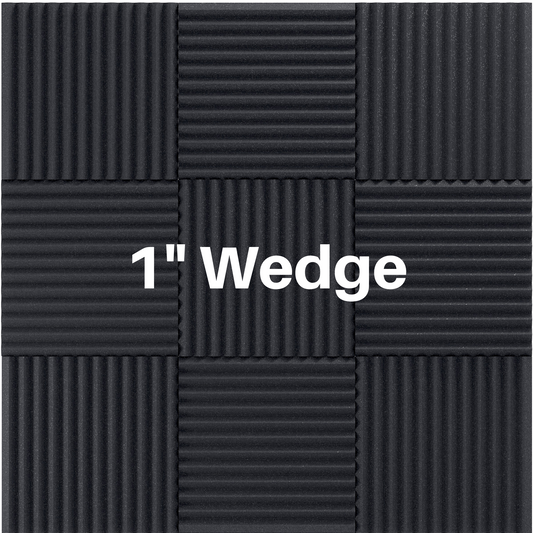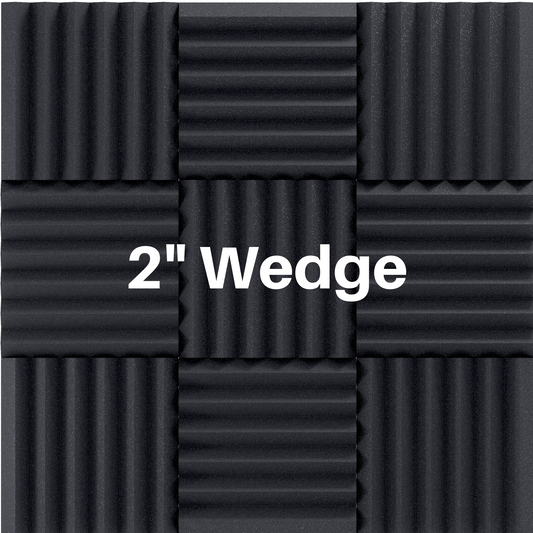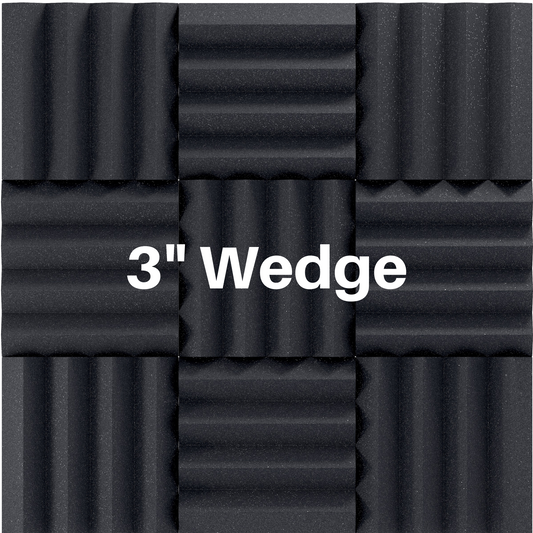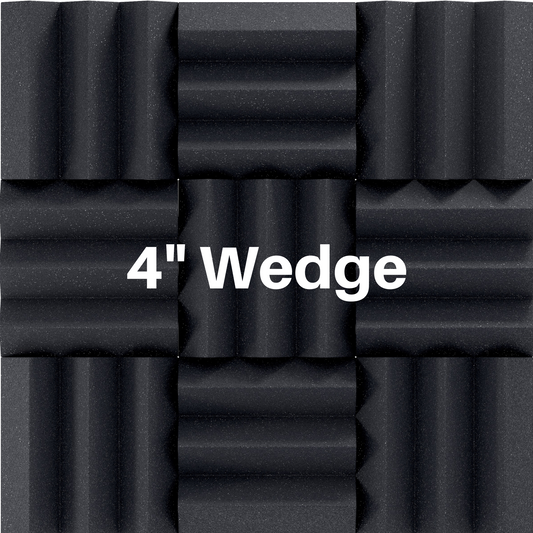Why Does My Voice Sound Different In A Microphone ?
Share

Do you ever wonder why your voice as you hear it everyday sounds different from when you record with a microphone or in a video?
When you speak, a sound signal is produced and energy travels across the room but the air does not. Only the disturbance within the air is travelling across the room. If it was air being transported then it would be called wind.
This is why we call sound signals, “waves” because they can transfer energy through a medium without moving the medium itself. Medium is simply the material or substance through which a sound wave travels. The primary medium is air but can also include water, metal, wood, or even human flesh.
When you speak to someone your ear picks up the signal through two contributions. The first is the signal coming out of your mouth, through the air and into your ear. The second is the signal travelling through your head into your ear.
If you record your voice into a microphone the only part recorded is the signal coming out of your mouth, through the air and into the microphone. This is what others hear when you speak. It may sound weird or different to you as first but this is what you always sound like to your friends and family.
Happy recording!
Contact Us with any questions!
Read More:
What Is A Condenser Microphone & How Does It Work?
DIY Vocal Booth For Home Studio





2 comments
it’s not the skull doing the voice. i listened to actual voices other than me and recorded them and the recording sounded different
So this is only partly right.
So most sound is not purely one single sound. Pure tones are called “sinusoidal” tones because of the shape of the wave that it makes is called a sine wave. But organic sound, like from an instrument or your vocal chords, is not sinusoidal, it doesn’t make smooth curves, it makes jagged peaks and valleys. But a twist! Those peaks and valleys can be broken down into a combination of sinusoidal waves.
Sorry, science tangent. So how does this solve the mystery of the changing voice? Well for most (about 69% of people) have a “dominant” wave in their voice tones that will come out over every other sound so, even though people’s voice will be different on different devices for most people the difference is barely noticeable because the dominant tone comes through. However, for about 31% of people who have what’s called tonal temperance where the differences in the separate tones in your voice aren’t that great but a microphone, being a machine wants to pick a tone to latch on to to be the dominant one so for tonally tempered people this means that the sound and tone of your voice can vary widely from device to device.